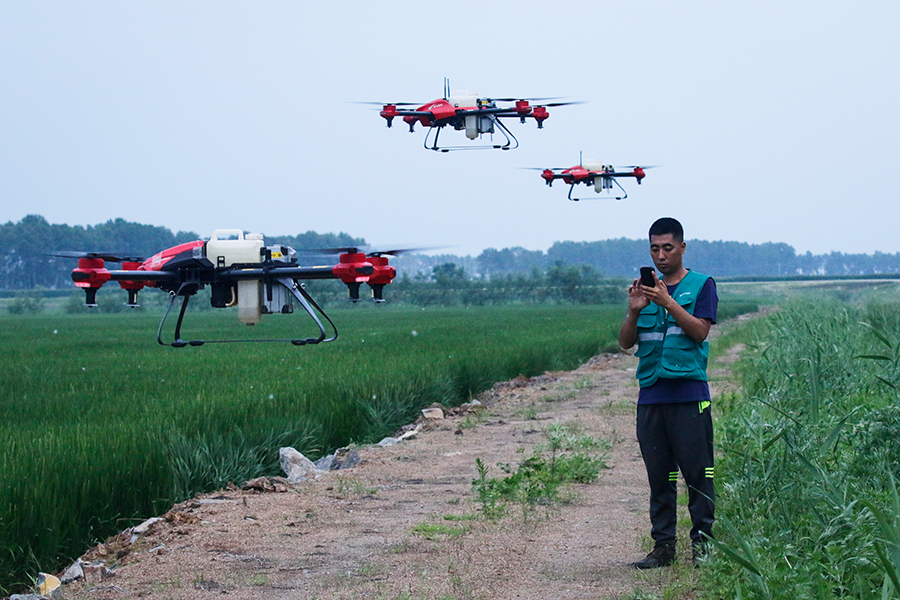Effective measures adopted to protect black soil


Over the past few decades, black soil, which has existed for thousands of years in Northeast China, has been eroded partly due to excessive reclamation, and this threatens biological diversity and sustainable food production, according to the Guideline on Protecting Black Soil in Northeast China (2017-30).
The document also said that the previously stable micro-ecological systems had been breached by long-term farming and the overuse of fertilizers and pesticides. Meanwhile, the expansion of rice-growing in the region has drained much of the underground water.
The thickness of the soil dropped from 60 to 70 centimeters in the 1950s to 20 to 30 cm at present.
"The soil is black because its surface is covered with a layer of soil rich in black humus," said Zhang Xingyi, a researcher on agriculture with the Northeast Institute of Geography and Agroecology of the Chinese Academy of Sciences, adding that "it takes 200 to 400 years to form a 1-cm-thick humus layer in black soil".
"Soil productivity decreased by an average of 12.7 percent for every 1 percentage point decrease in soil organic matter content," he said.
The practice of returning maize straw to the farmland for mulching purposes not only increased the amount of organic matter in the soil but also helped prevent wind and water-driven soil erosion and preserve soil moisture, Xi said, adding that the so-called Lishu model was worth promoting.
With a cultivated area of over 260,000 hectares, Lishu, a major grain-growing area in Jilin, had an annual grain output of more than 2.5 billion kilograms for many years, ranking steadily among the top five grain-producing counties in China.
























